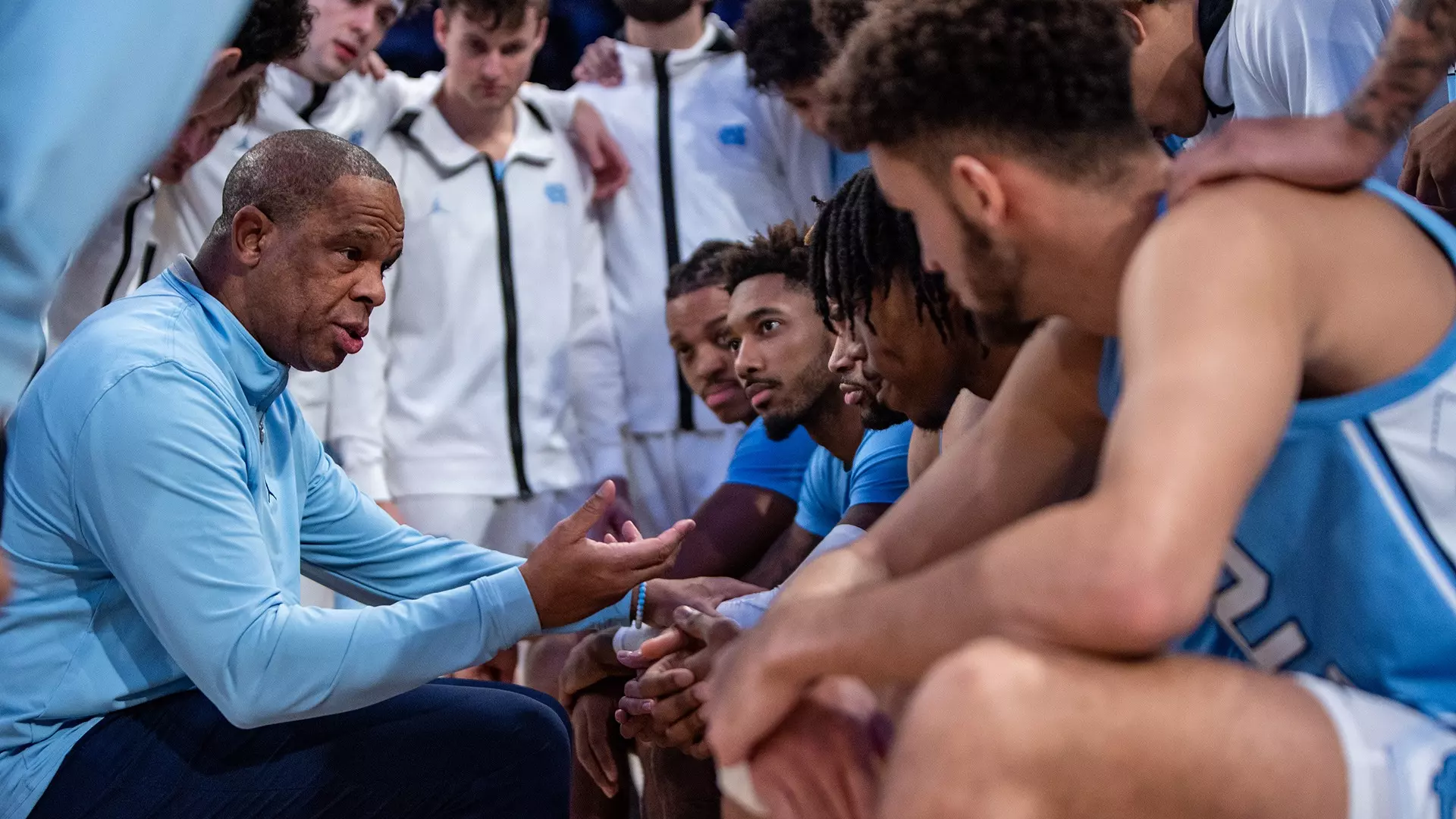Judge Drops the Hammer: College Athletes Will Finally Get Paid Starting July 1
Listen to this article:
The biggest shift in college sports history just became reality. Federal Judge Claudia Wilken officially approved the House v. NCAA settlement Friday night, clearing the way for schools to directly pay their basketball players for the first time ever. After decades of billion-dollar TV deals built on “amateur” athletes, the façade is finally over.
Starting July 1, 2025, every college can choose to distribute up to $20.5 million annually to their athletes. And let’s be real – the best hoopers are about to get paid.
The Money Breakdown: Where Basketball Players Cash In
Here’s what’s about to shake up college hoops:
The Numbers: Each school gets roughly $20.5 million to split among all their athletes. That number grows to an estimated $33 million over the next decade. While football typically dominates, basketball programs are positioned to secure massive chunks of this pie.
No More Fake Amateurism: Schools like Kentucky, Duke, or UConn could realistically allocate $8-12 million just to their men’s basketball roster. That’s life-changing money for 13 scholarship players.
Seven-Figure Freshmen: The documents mention contracts “worth seven figures or more” for top players. Think about that – next Cooper Flagg at Duke or the next Zion Williamson could be millionaires before they turn 20.
The Wild West of Contracts: Multi-Year Deals and Buyout Clauses
College basketball is about to become the ultimate free agency battleground, but with a twist – nobody knows if the contracts are actually binding.
Contract Chaos Already Starting:
- Arkansas hired lawyers when QB Madden Iamaleava transferred, claiming his deal required a 50% buyout
- Wisconsin claimed Xavier Lucas violated a “two-year binding revenue sharing contract”
- Spoiler alert: Lucas is still playing at Miami
The Reality: Schools are writing multi-year deals with buyout clauses, but players are still transferring. It’s a legal Wild West that’s about to explode in courtrooms nationwide.
The New Power Structure: Who’s Really Running College Basketball Now
Forget the NCAA – the Power Conferences Are Taking Over
The settlement creates a brand new organization called the College Sports Commission that will actually enforce these payment rules. The NCAA? They’re basically becoming hall monitors for academics while the real power moves to conference commissioners.
The NIL Crackdown: Remember those sketchy booster collective deals? The new system routes all NIL contracts through a Deloitte-run clearinghouse. According to reports, 90% of corporate NIL deals would be approved, but 70% of booster collective deals would get denied.
Translation: No more $2 million “autograph signings” from random boosters.
What This Means for the Players You Love
For Current Stars: The guys like Eric Dixon, PJ Haggerty, John Tonje are about to become the first generation of officially paid college superstars. Their contracts could rival G-League Elite salaries.
For Recruiting: High school phenoms now have a completely new decision matrix. It’s not just about playing time and coaching – it’s about which school offers the biggest bag, legally.
For the Portal: The transfer portal was already chaos. Now add binding contracts, buyout clauses, and seven-figure decisions. Expect even more movement as players chase the biggest paychecks.
The Unfinished Business: What’s Still Broken
Don’t celebrate yet – this settlement creates as many problems as it solves:
The Employee Question
Athletes are getting paid like employees but legally aren’t employees. That contradiction is about to spawn a dozen new lawsuits. Union organizing efforts are already ramping up.
Title IX Nightmare
If 90% of payments go to men’s sports, how does that comply with gender equity laws? Schools are walking into a legal minefield.
The Rich Get Richer Problem
Kentucky can max out at $20 million. So can Eastern Kentucky University. Guess who’s actually spending that money? The gap between elite programs and everyone else is about to become a chasm.
Contract Enforceability Crisis
Multi-year deals sound great until your star player decides to transfer anyway. Courts haven’t ruled on whether these contracts can actually bind teenagers to schools.
The Bottom Line: Basketball Will Never Be the Same
This isn’t the end – it’s the beginning of a completely new era.
College basketball just became semi-professional sports, but with all the messy complications that come with trying to maintain the illusion of “student-athletes.” Expect lawsuits, congressional hearings, and more chaos as everyone figures out what this actually means.
For fans: Get ready for even more player movement, higher stakes recruiting, and the transformation of college hoops into something that looks a lot more like professional basketball.
For players: The dream of getting paid to play college ball is finally real. But with great contracts come great complications – legal battles, binding clauses, and pressure that previous generations never faced.
For coaches: Welcome to managing millionaire teenagers while navigating salary caps, contract disputes, and Title IX compliance.
The game you love just changed forever. Whether it’s for better or worse? That’s about to be decided in courtrooms, congressional hearings, and on hardwood across America.
The revolution starts July 1. Are you ready?
Keywords: college basketball payments, NCAA settlement, House v NCAA, student athlete compensation, college sports revenue sharing, basketball recruiting, NIL deals, transfer portal





